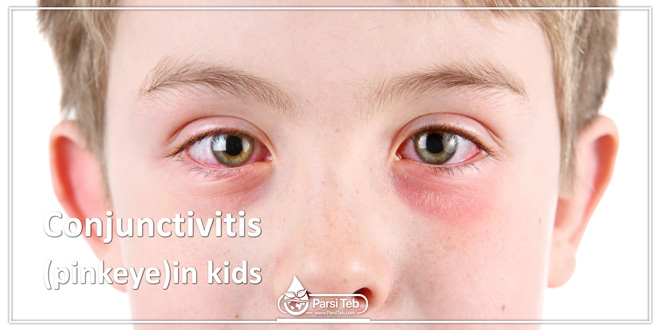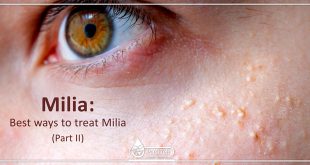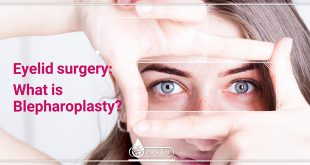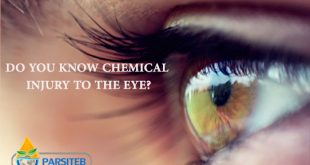Conjunctivitis, commonly known as pinkeye, is an inflammation of the conjunctiva, the clear membrane that covers the white part of the eye and the inner surface of the eyelids.
Pinkeye in Newborns
Newborns are particularly susceptible to pinkeye and can be more prone to serious health complications if it goes untreated.
If a baby is born to a mother who has an STD, during delivery the bacteria or virus can pass from the birth canal into the baby’s eyes, causing pinkeye. To prevent this, doctors give antibiotic ointment or eye drops to all babies immediately after birth. Occasionally, this preventive treatment causes a mild chemical conjunctivitis, which typically clears up on its own. Doctors also can screen pregnant women for STDs and treat them during pregnancy to prevent transmission of the infection to the baby.
Many babies are born with a narrow or blocked tear duct, a condition which usually clears up on its own. Sometimes, though, it can lead to conjunctivitis.
Preventing Pinkeye
To prevent pinkeye caused by infections, teach kids to wash their hands often with warm water and soap. They also should not share eye drops, tissues, eye makeup, washcloths, towels, or pillowcases with other people.
Be sure to wash your own hands thoroughly after touching an infected child’s eyes, and throw away items like gauze or cotton balls after they’ve been used. Wash towels and other linens that the child has used in hot water separately from the rest of the family’s laundry to avoid contamination.
If you know your child is prone to allergic conjunctivitis, keep windows and doors closed on days when the pollen is heavy, and dust and vacuum frequently to limit allergy triggers in the home. Irritant conjunctivitis can only be prevented by avoiding the irritating causes.
Many cases of pinkeye in newborns can be prevented by screening and treating pregnant women for STDs. A pregnant woman may have bacteria in her birth canal even if she shows no symptoms, which is why prenatal screening is important.
Treatment
Pinkeye caused by a virus usually goes away on its own without any treatment. If a doctor suspects that the pinkeye has been caused by a bacterial infection, antibiotic eye drops or ointment will be prescribed.
Sometimes it can be a challenge to get kids to tolerate eye drops several times a day. If you’re having trouble, put the drops on the inner corner of your child’s closed eye — when the child opens the eye, the medicine will flow into it. If you continue to have trouble with drops, ask the doctor about antibiotic ointment. It can be applied in a thin layer where the eyelids meet, and will melt and enter the eye.
If your child has allergic conjunctivitis, your doctor may prescribe anti-allergy medication, which comes in the form of pills, liquid, or eye drops.
Cool or warm compresses and acetaminophen or ibuprofen may make a child with pinkeye feel more comfortable. You can clean the edges of the infected eye carefully with warm water and gauze or cotton balls. This can also remove the crusts of dried discharge that may cause the eyelids to stick together first thing in the morning.
When to Call the Doctor
If you think your child has pinkeye, it’s important to contact your doctor to learn what’s causing it and how to treat it. Other serious eye conditions can mimic conjunctivitis, so a child who complains of severe pain, changes in eyesight, or sensitivity to light should be examined. If the pinkeye does not improve after 2 to 3 days of treatment, or after a week when left untreated, call your doctor.
If your child has pinkeye and starts to develop increased swelling, redness, and tenderness in the eyelids and around the eye, along with a fever, call your doctor. Those symptoms may mean the infection has started to spread beyond the conjunctiva and will require additional treatment.
 Parsi Teb Physical and Mental Health Journal
Parsi Teb Physical and Mental Health Journal 



